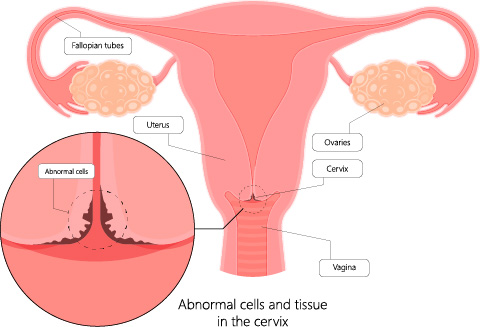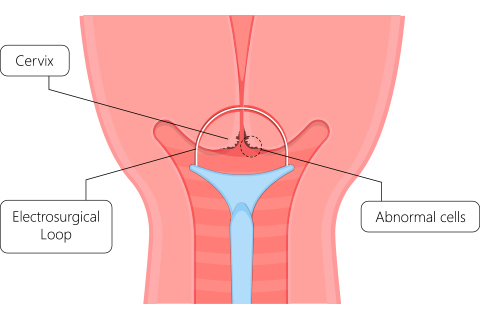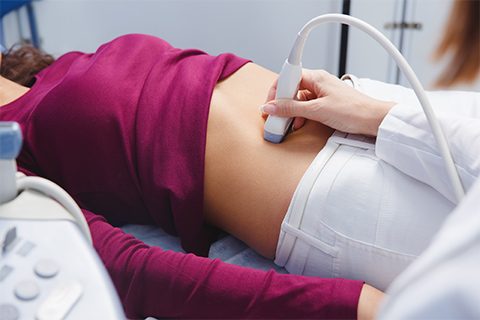LEEP
Loop Electrosurgical Excision Procedure, or LEEP, is used for the treatment or diagnosis of cervical dysplasia. It effectively cures 95% of cervical dysplasia -precancerous lesions – caused by HPV.

Pre-Procedure Preparation
You will be advised of the need for a LEEP by one of our nurses at the direction of one of our physicians either to remove precancerous cells from your cervix or to diagnosis its presence. Prior to the procedure we will ask if there is a chance you could be pregnant. Let the nurse know if you have missed a period so that we can do a pregnancy test. Take Motrin before arrival at our office as you may experience some cramping afterwards and this will help control discomfort from those cramps.
Risks
bleeding, infection, persistent disease, cervical scarring that may rarely cause problems with pregnancy or menstruation. The risks of complication are less than with other methods of cone biopsy of the cervix.
Procedure
LEEP uses a thin wire loop that is heated by an electric current allowing it to shave a thin layer off of the cervix. This produces a tissue specimen the size of a thin button that is sent to a laboratory for final analysis. The procedure will only take a few minutes.

After placing your legs in stirrups one of us will insert a specially insulated speculum into your vagina much like a pelvic exam. Lidocaine is injected into the cervix. This cervical nerve block will be used to prevent pain. Most women feel a slight sting, then a dull ache or cramp. After the LEEP has been performed the surface of the cervix is cauterized to control bleeding.
Aftercare
As the cervix heals you can expect a watery, pinkish discharge, mild cramping, and a brownish-black discharge as the scab on the cervix dissolves and is replaced by healthy new tissue growth.
It will take 3 weeks for your cervix to heal. While your cervix heals, do not place anything in the vagina. NO tampons. No intercourse.
Contact our office if you have any problems such as heavy bleeding (more than your normal period), passing clots, or severe lower abdominal pain.
You will have Pap tests to be sure that all of the abnormal cells are gone and that they have not returned. In most cases, your doctor will suggest that you have a Pap test every 3-6 months until you have 3 normal results. If you have another abnormal Pap test result, you may need more treatment.
Let's stay in touch
Our monthly newsletter keeps you up-to-date on healthy lifestyle, latest news, and our practice.




